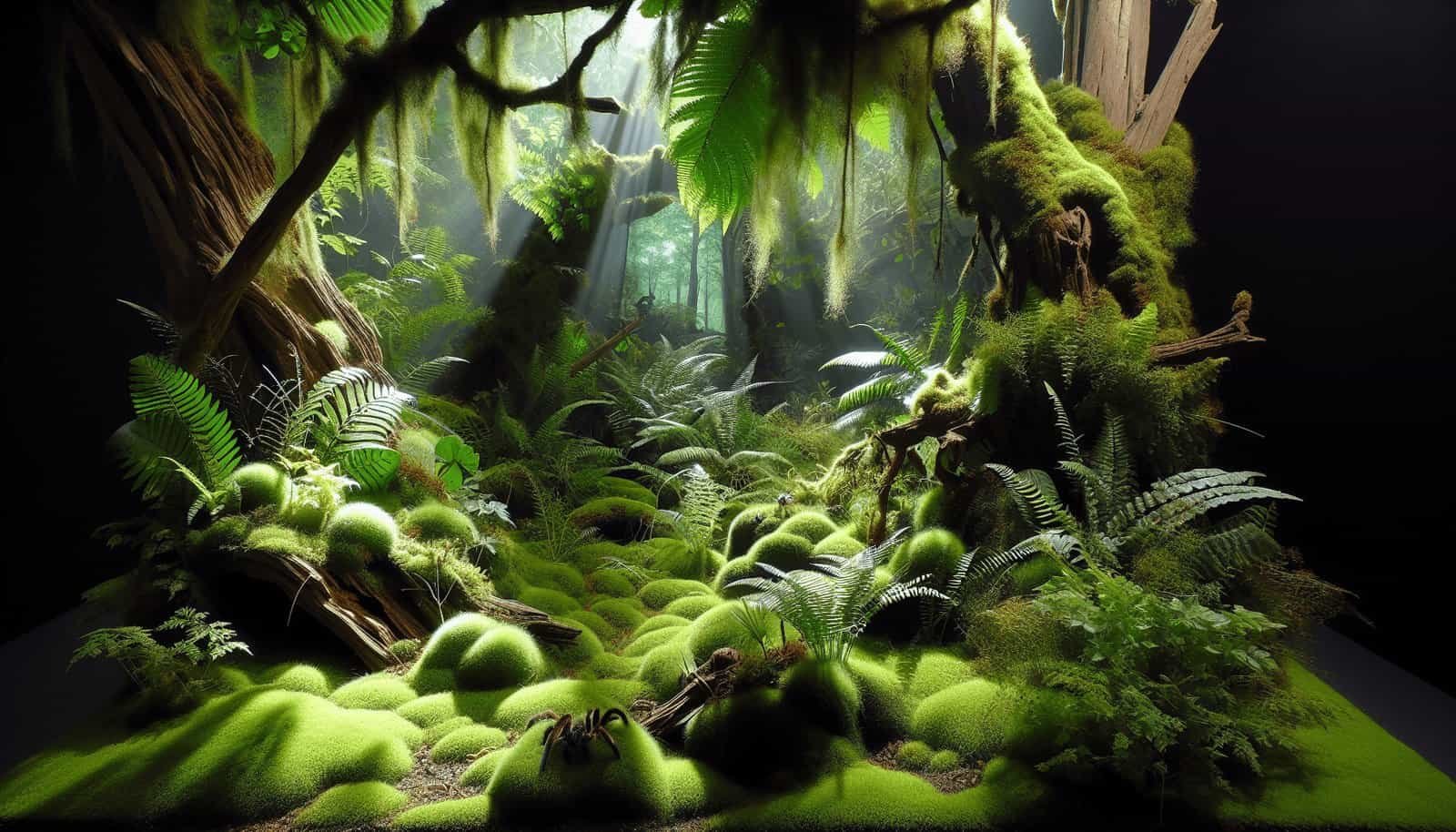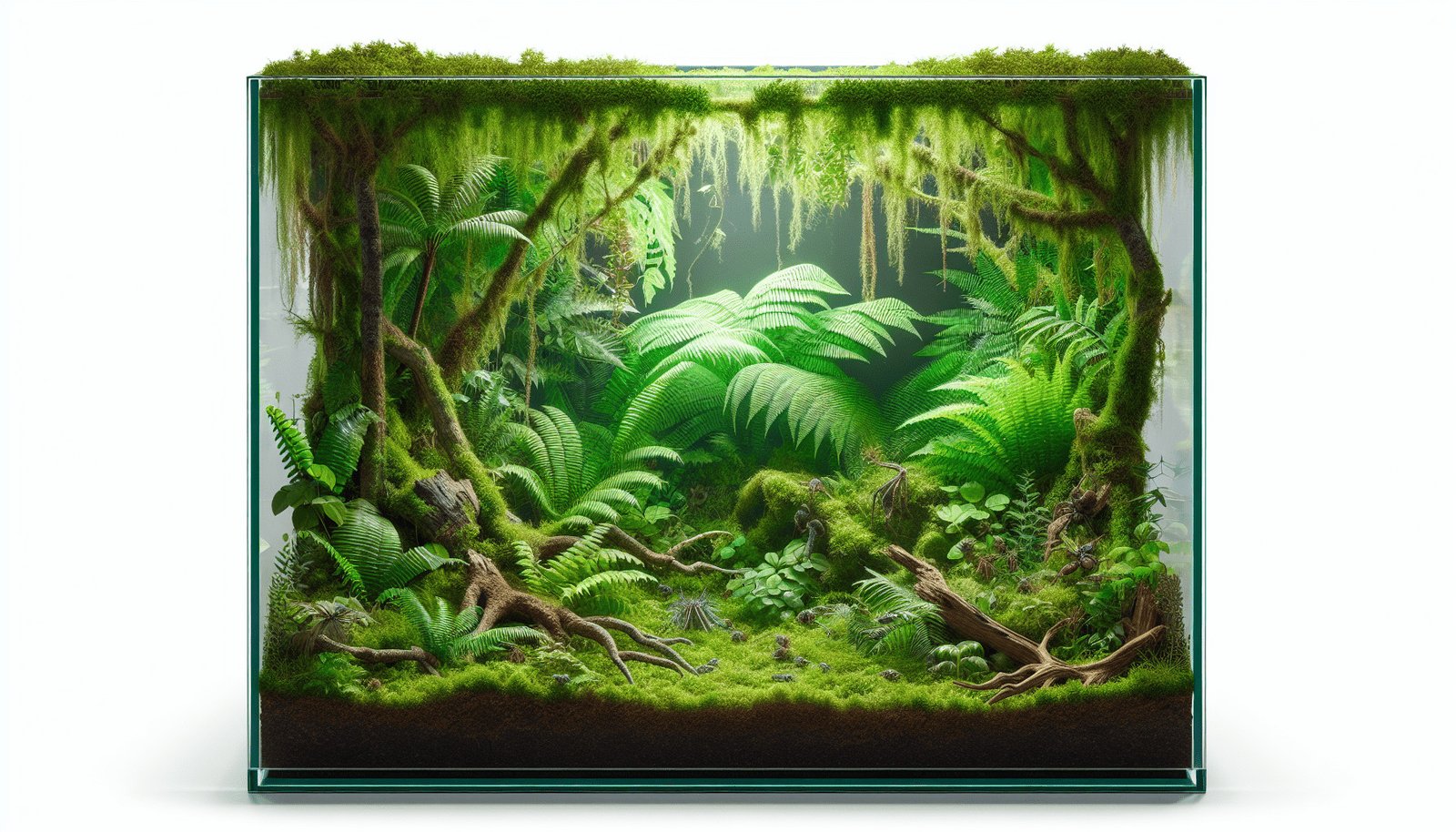Have you ever wondered how to replicate the natural environment of the enigmatic Green Huntsman Spider (Micrommata virescens) in captivity? The Green Huntsman Spider is a fascinating and relatively rare species, renowned for its vibrant green color and impressive hunting skills. Creating a habitat that closely mimics its natural environment is essential to ensure its well-being and longevity when kept in captivity. This guide will take you through the steps needed to achieve just that.
Understanding the Green Huntsman Spider
To replicate the natural habitat of any species, you must first understand its biological and ecological needs. The Green Huntsman Spider is a nocturnal hunter found primarily in Europe, especially in forested areas. It prefers moist, temperate climates and is often found hiding under leaves during the day. These spiders are solitary and territorial, so care must be taken to provide an environment where they can thrive individually.
Biological Characteristics
Before setting up a habitat, knowing a bit about the spider’s biology will help you tailor your efforts.
| Characteristic | Details |
|---|---|
| Size | Males are smaller (10-12mm); Females larger (12-15mm) |
| Lifespan | Approximately 2-3 years |
| Coloration | Green with slight variations |
| Behavior | Nocturnal, hunting by ambush and pursuit |
Knowing these traits allows you to better understand the type of habitat the Green Huntsman Spider will be most comfortable in.
Setting Up the Enclosure
Constructing the right enclosure is crucial. The environment should simulate the spider’s natural habitat as closely as possible to keep it stress-free and healthy.
Enclosure Size
The size of the enclosure matters. These spiders are active hunters, requiring ample space to move around.
- Minimum Dimensions: 12 inches x 12 inches x 12 inches
- Optimal Dimensions: 18 inches x 18 inches x 18 inches
A larger enclosure mimics their natural range better and provides enrichment opportunities.
Ventilation
Good ventilation is necessary to prevent mold growth and maintain humidity levels. Use a terrarium with a mesh top to allow for adequate air exchange.
Substrate
The substrate is the foundation of your spider’s habitat. Opt for materials that retain moisture yet allow for burrowing and hiding.
- Recommended Substrates:
- Coco fiber
- Sphagnum moss
- Leaf litter
| Substrate Type | Benefits |
|---|---|
| Coco fiber | Retains moisture, good for burrowing |
| Sphagnum moss | High moisture retention, natural appearance |
| Leaf litter | Mimics natural forest floor, good hiding spots |
Using a mix of these materials will create a balanced substrate that caters to all the spider’s needs.
Hiding Spots and Climbing Structures
Green Huntsman Spiders need places to hide during the day and structures to climb and explore.
-
Options for Hiding Spots:
- Cork bark
- Hollow logs
- Leaf claustro
-
Climbing Structures:
- Branches
- Vines
- Rocks
Arrange these items to mimic a forest floor, creating a natural and enriching environment.

Temperature and Humidity
Maintaining the correct temperature and humidity levels is crucial for your spider’s health.
Temperature
Green Huntsman Spiders thrive in temperate climates. Aim for:
- Day Temperature: 70-75°F (21-24°C)
- Night Temperature: 65-70°F (18-21°C)
Use a heat mat or infrared heat lamp if necessary, but avoid direct exposure to prevent overheating.
Humidity
Humidity should be kept moderately high, around 60-70%.
- Monitoring: Use a hygrometer to keep track of humidity levels.
- Maintaining Humidity: Mist the enclosure lightly once a day and ensure the substrate remains slightly damp.
| Parameter | Optimal Range |
|---|---|
| Day Temperature | 70-75°F (21-24°C) |
| Night Temperature | 65-70°F (18-21°C) |
| Humidity | 60-70% |
Ensuring these conditions are met will go a long way in replicating the spider’s natural habitat.
Lighting
While Green Huntsman Spiders are nocturnal, they do require a natural light cycle to stay healthy.
Light Cycle
- Day Cycle: 12 hours of light
- Night Cycle: 12 hours of dark
Natural room light may be sufficient, but you can use a low-wattage bulb or LED light to create a gentle day-night cycle if needed.

Feeding
Feeding your Green Huntsman Spider the right diet is essential for its health and well-being.
Diet
These spiders are carnivorous hunters, primarily eating insects.
- Primary Diet:
- Crickets
- Dubia roaches
- Small grasshoppers
Feed adult spiders 2-3 times a week, ensuring the prey is appropriately sized. Juveniles may need to eat more frequently.
Prey Size
The size of the prey should be no larger than the spider itself to prevent injury.
| Age Group | Prey Size |
|---|---|
| Juvenile | Small crickets, fruit flies |
| Adult | Medium crickets, small roaches |
Feeding Tips
Offer live prey to stimulate natural hunting behaviors. Remove any uneaten prey after 24 hours to maintain a clean environment.
Watering
Although spiders get most of their moisture from food, they still need access to water.
Water Dish
Provide a shallow water dish to prevent drowning. Change the water daily or every other day.
Mistings
Light mistings help maintain humidity and provide extra hydration.
| Method | Frequency |
|---|---|
| Water Dish | Daily/every other day |
| Mistings | Lightly, once a day |

Monitoring Health and Behavior
Keeping an eye on your Green Huntsman Spider’s health and behavior is crucial in identifying any issues early.
Normal Behavior
- Activity Levels: Active at night
- Hunting: Ambushes prey or pursues it actively
- Hiding: Frequently found under leaves or bark during the day
Signs of Stress or Illness
Look out for:
- Lethargy: Excessive inactivity, even during night hours
- Refusal to eat: Consistent refusal to accept prey
- Dehydration: Shrunken abdomen, lethargy
In such cases, review your enclosure conditions and ensure all parameters are met. Consult a specialist if necessary.
Breeding
If you’re interested in breeding Green Huntsman Spiders, understanding their reproductive behavior is essential.
Courtship
Male spiders perform a series of signal movements to attract females. It’s crucial to monitor the interactions to prevent aggression.
Egg Sac
Females produce an egg sac that they guard closely. Provide extra hiding spots and ensure minimal disturbances.
Spiderlings
Once hatched, spiderlings are highly independent. Transfer them to individual containers to prevent cannibalism.
| Breeding Aspect | Key Points |
|---|---|
| Courtship | Monitor for aggression |
| Egg Sac | Provide extra hiding spots, minimal disturbance |
| Spiderlings | Separate to prevent cannibalism |

Conclusion
Creating a suitable environment for your Green Huntsman Spider in captivity is a rewarding endeavor that requires careful planning and attention to detail. By understanding their natural habitat and replicating those conditions as closely as possible, you can ensure a healthy and enriching life for these fascinating creatures. Remember, the key aspects to focus on are the enclosure setup, temperature, and humidity control, feeding, and monitoring for health and behavior signs. With the right care, your Green Huntsman Spider will thrive and provide you with an intriguing glimpse into a world often hidden from view.
